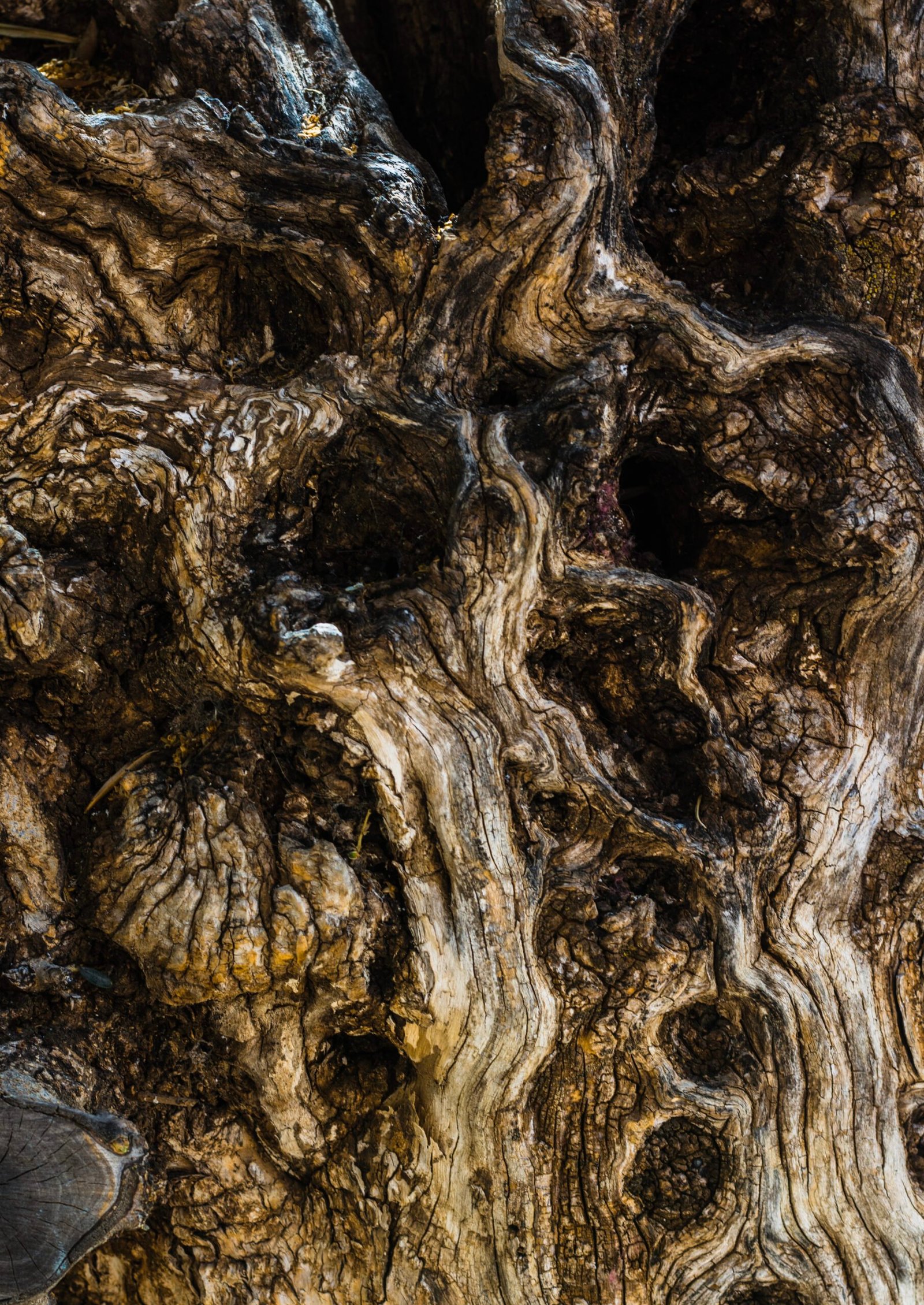There are so many different ways to consume cannabis nowadays that it can be hard to keep up. With weed rosin carts being one of the newest forms of consumption, this article will take a closer look at the process and benefits so you can decide if they're right for your needs.
The History of Rosin
Rosin is a solid form of resin that is derived from pine trees. It is used in the production of paints, varnishes, and adhesives. Rosin is also used as a flux in soldering and as an ingredient in some types of soap.
The word 'rosin' comes from the Latin rōsīnum, which means 'resin'. The first recorded use of rosin was in the 13th century.
Rosin is produced by heating pine resin at a low temperature. The resultant product is a yellow to brown solid with a characteristic pungent odor.
There are two types of rosin: pale and dark. Pale rosin is produced from young pine trees and has a lower acid content than dark rosin. Dark rosin is produced from older pine trees and has a higher acid content.
Pale rosin is used in the food industry as an emulsifier and stabilizer. It is also used in the manufacture of adhesives, sealants, and lubricants. Dark rosin is used mainly in the production of varnishes and lacquers.
Rosin has a long history of use in musical instruments. It was first used on violins in the 16th century to help grip the bow hair and produce a smoother sound. Today, it is still used on violins, cellos, and other stringed instruments. Pianists also use rosin on their felt
How Rosin is Made
Rosin is a solid form of resin that is derived from pine trees. The resin is harvested from the bark of the tree and then refined to create a substance that can be used for a variety of purposes.
Rosin has been used for centuries as a sealant and adhesive. It was also commonly used in the production of varnishes and paints. Today, rosin is still used for these purposes, but it has also become popular as an ingredient in cosmetics and as a topical treatment for medical conditions such as joint pain and inflammation.
The process of making rosin begins with the harvesting of pine resin from trees. The resin is then cleaned and purified to remove impurities. Once it has been purified, the rosin is heated until it becomes liquid. This liquid rosin is then poured into molds where it will cool and harden into its solid form.
What is Rosin Used For?
Rosin is a solid form of resin that is derived from pine trees. It is amber in color and has a characteristic piney odor. Rosin is used in the production of adhesives, paints, inks, and varnishes. It is also used as a lubricant and for sealing porous materials.
What are the Different Types of Rosin?
Rosin is a solid form of resin that is derived from pine trees. It is typically amber or yellow in color and has a glassy, translucent appearance. Rosin is used in a variety of applications, including as an ingredient in adhesives, varnishes, and sealants.
Rosin can be extracted from pine trees using either the hot water or cold press method. The hot water method involves boiling pine needles in water to release the rosin, while the cold press method uses hydraulic pressure to extract the rosin from the pine needles. Rosin can also be produced synthetically.
There are three main types of rosin: gum rosin, wood rosin, and synthetic rosin. Gum rosin is the most common type of rosin and is produced by boiling pine resin. Wood rosin is produced by distilling pine wood chips. Synthetic rosin is artificially created and does not occur naturally.
Each type of roisin has different properties and uses. For example, gum rosin is often used in paints and varnishes because it dissolves easily in solvents. Wood rosin is more brittle than gum roisin and is commonly used as a flux in soldering metals together. Synthetic rosignolates have unique chemical properties that make them ideal for use as adhesives and sealants.
Tips for Smoking a Smooth Rosin Joint and Other Ways to Enjoy Your Rosin Cart
There are many ways to enjoy your rosin carts, and one of the most popular is smoking a smooth rosin joint. Here are some tips to help you get the most out of your experience:
1. Start with high-quality rosin. This will ensure that your joint smoke is smooth and flavorful.
2. Use a rosin press to extract the rosin from your cannabis material. This will give you a purer product that is less likely to cause coughing or other irritation.
3. Be sure to cure your cannabis material before smoking it in a joint. Curing helps to remove any unwanted flavors and makes the smoke smoother overall.
4. When rolling your joint, use a filter tip or screen to help prevent bits of plant matter from getting into your mouth.
5. Take slow, steady drags on your joint and exhale slowly. This will help you avoid coughing and maximize the flavor of the smoke.


No Comments
Leave Comment